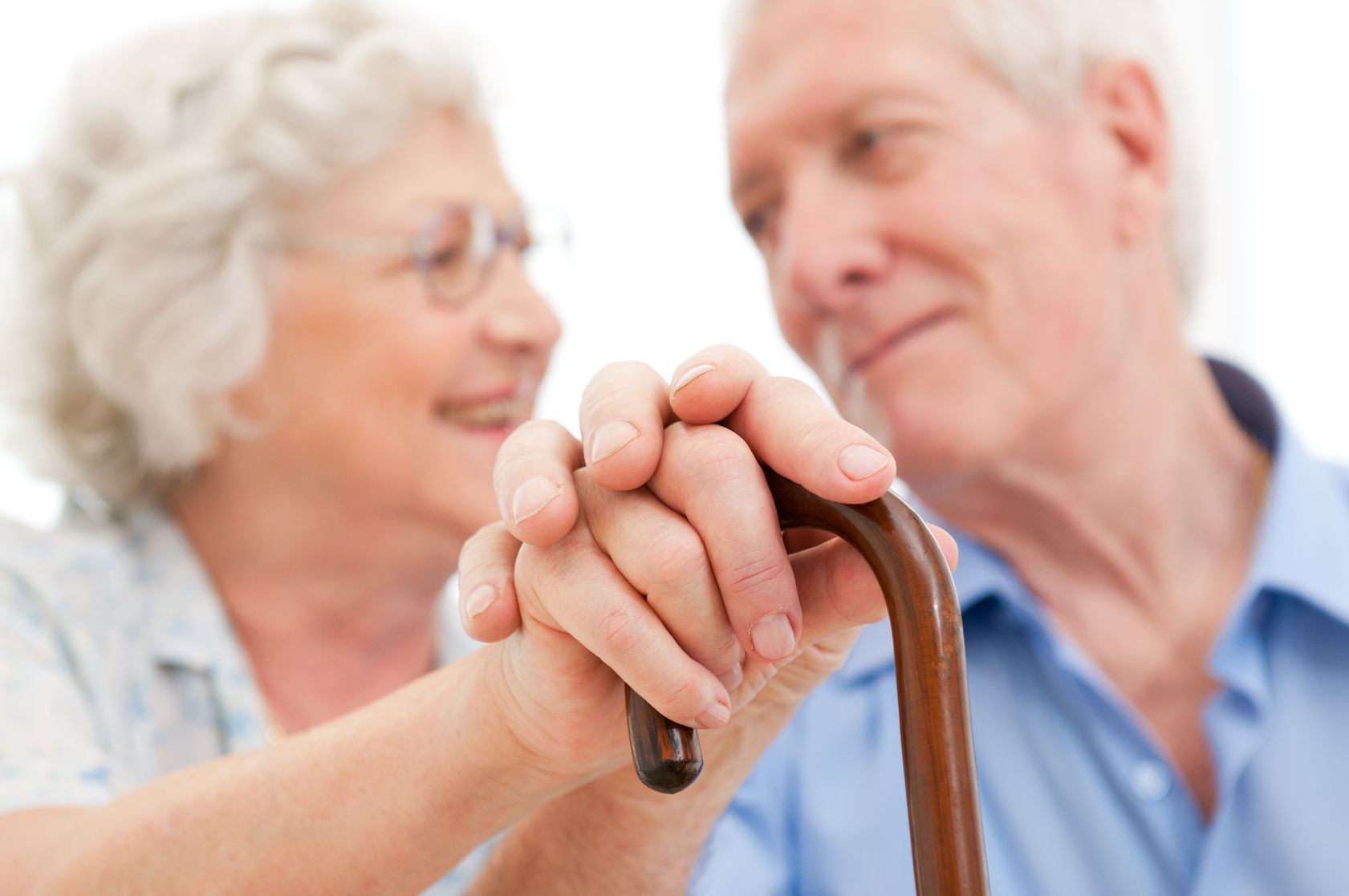More seniors are choosing to age-in-place, remaining at home as long as they are physically able to do so. In their minds, aging-in-place allows for more independence, freedom, safety and comfort while promoting healing, allowing continuing control over their own lives, and creating healthier and happier lifestyles. The senior who can remain in his or her existing community will have fewer fears that independence is being lost.
The aging-in-place movement has opened up a variety of needs and services. Single-family homes often must be redesigned to accommodate seniors’ increased health needs. They need technology and medical services that consider both their needs and their wants. Those include accommodations for in-home care-giving, principles of green building, and eliminating preconceptions that aging-in-place needs to be like living in a hospital. This is the niche in which a home safety assessment and suggestions for fall prevention play an important role.
Even independent and assisted living apartments designed with older adults in mind should be built with necessary features that can accommodate features that residents may desire. Some of the safety features include grab bars, which now are more aesthetically pleasing and designed to serve as towel racks, soap dishes or toilet paper holders; personal video and music devices that allow each user to listen at a volume that works for the individual so higher volumes can be avoided; longer-lasting light bulbs that don’t need to be changed as often and frequently have better output; task lighting in the kitchen and motion lighting at the entry and video cameras at the entry which can be used to monitor guests.
Many other “silver industries” also have arisen: Certified Aging-in-Place Specialists (CAPS), Age Safe America home safety advisors, geriatric care managers, senior relocation specialists, senior concierge services, home healthcare agencies and a vast array of technology services. As technology improves, many individuals predict more services steadily being offered to allow seniors to remain at home even longer.
by Fritzi Gros-Daillon Chief Advocacy Officer for Age Safe America

